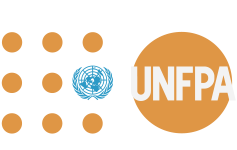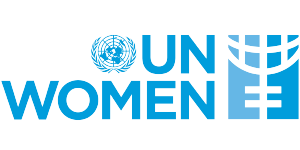The Middle East and North Africa (MENA) and Arab States region is home to just under 250 million women and girls, 44 encompassing 21 countries 45 and many languages, cultures, and lifestyles. Around 31 per cent of the female population (approximately 77 million) are girls under the age of 14 whose future opportunities for health, education, employment, safety, and participation both within and outside the home will be dictated by the world in which they live.
The MENA and Arab States region has been undergoing rapid and turbulent change over the past couple of decades. Many of these changes have been positive for women and girls, leading to advancements in health care access and services, increased opportunities for education and political participation, and changing cultural norms that reduce violence and discrimination. For example, the mobilization of civil society in the MENA and Arab States region during the past 10 years presented an unprecedented level of political participation by women-led groups, organizations, and individuals.
Yet, women in the MENA and Arab States region still face serious barriers in their everyday life. The most striking feature characterizing quantitative data within the region is the incredible disparities that exist across nearly every indicator. While some countries in the region lead the world in development and infrastructure, other states suffering from low development, poor governance, and active conflicts produce population statistics that indicate a harsh and difficult lifestyle amongst the population as a whole, and women and girls in particular. Within each country, disparities amongst many indicators can be connected to household wealth, education, location, local governance, and sociocultural norms and practices. Armed conflict in the region, especially in Iraq, Libya, Sudan, Syria, and Yemen, has seriously affected women and girls and their freedom of movement, ability to access services, and their participation in the community. While quantitative data available in the region is not robust enough to draw conclusions about the effects of these conflicts on selected indicators, qualitative sources give insight into the consequences
of destruction and armed clashes that have occurred.










